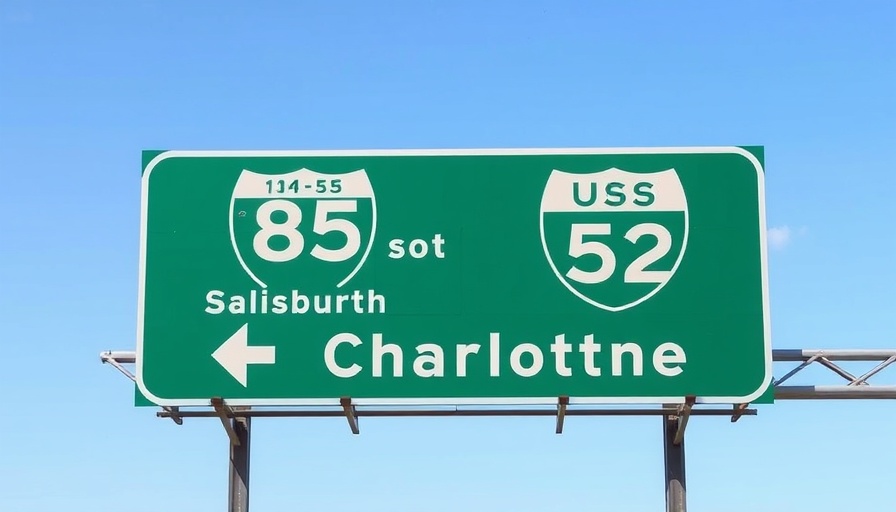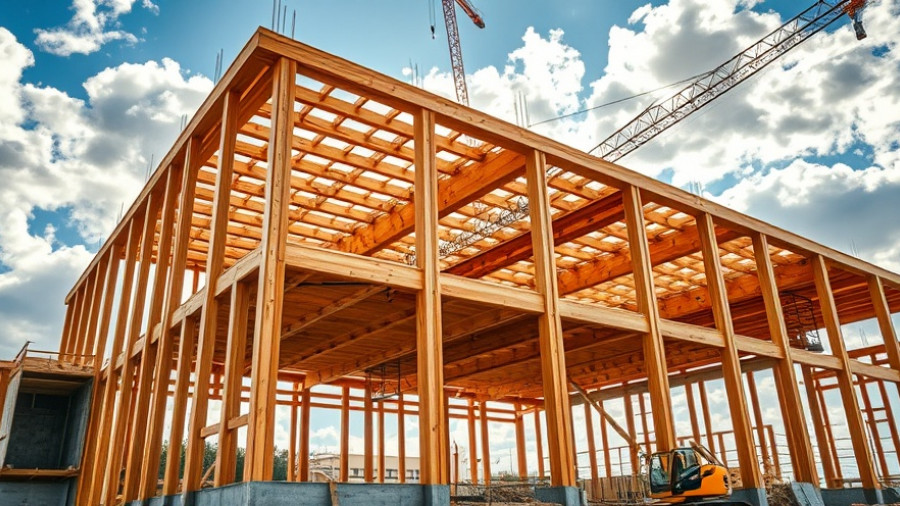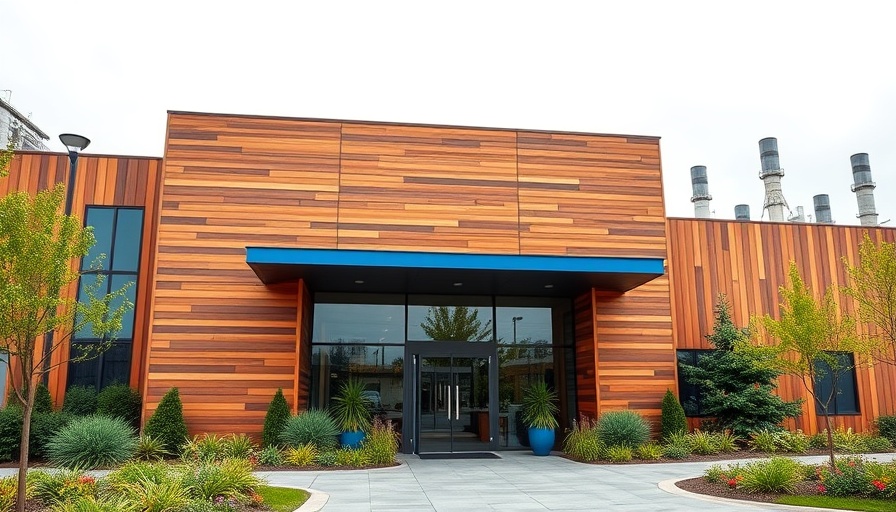
Roadways Shaping Communities: The Impact of I-85 Widening
Lane Construction recently secured a significant $337 million project to widen a crucial four-mile section of I-85 in Charlotte, North Carolina, a decision underscoring the importance of enhancing regional traffic infrastructure. This venture involves converting the interstate from six to eight lanes and aims to alleviate considerable congestion that has persisted through this densely populated area, especially along the stretch between N.C. 7 in Mount Holly and N.C. 273 near the Catawba River in Belmont.
Transcending Traffic: Safety and Efficiency in Transportation
The widening initiative emerges from a compelled necessity for improvement, as historically, I-85 ranks among the nation's most perilous roads. As reported by Queen City News, the quantify of accidents that have occurred along this thoroughfare highlights an urgent requirement for safety enhancements. The new lane additions will not only improve traffic flow but concurrently facilitate a safety upgrade through the modification of key intersections, such as the N.C. 7/U.S. 29/U.S. 74 interchange. These transformations serve not merely to enhance vehicular passage but aim for a sustainable solution to minimize road hazards and potentially reduce accident rates.
Addressing Urban Congestion With Progressive Solutions
A significant component of the project's success will rely on the multi-faceted approach Lane Construction has outlined. Besides adding lanes, they will rehabilitate or replace six bridges, run a 4,000 linear foot rail rebuild for the Piedmont and Northern Railway, and rework intersection layouts. These steps are pivotal for the Charlotte area, which is continuously evolving demographically and economically — creating a pressing need for modernized infrastructure that meets current and future demands.
Cost-Benefit Analysis: Investment in Infrastructure
From a financial perspective, such infrastructural developments represent not only an expense but a strategic investment in the community's economic viability. Effective traffic management leads to a plethora of benefits, including time savings for commuters, reduction in fuel consumption, and extended vehicle longevity, resulting in long-term savings for businesses and residents. The collective gains from such initiatives underscore the necessity of understanding the cost implications and the resultant economic enhancement for Charlotte.
Environmental Considerations in Construction
Moreover, as construction firms undertake these massive projects, the importance of incorporating sustainable practices cannot be overstated. Lane Construction's plans seem to align with green building practices, specifically in redesigning roadways to encourage less polluting vehicles amid growing public awareness of environmental health. Incorporating environmentally friendly technologies during construction can help in reducing the carbon footprint associated with such infrastructural enhancements.
Community Engagement: The Human Element
The essence of any construction project lies in its impact on human lives—a crucial component that project managers must always remember. As the I-85 widening progresses, engaging with the local community ensures that the projects are responsive to the needs and concerns of the residents who are directly influenced by these developments. Through informed discussions and transparent updates, stakeholders can build a collaborative environment that enhances trust and encourages public support for ongoing and future projects.
Addressing the need for improved infrastructure in Charlotte adds layers of complexity and responsibility but also opens avenues for economic growth. As Lane Construction embarks on this essential task, the outcomes will ripple through every corner of the community, likely influencing various sectors such as real estate, transportation, and local businesses. Hence, as we watch this development unfold, engaging with your local community and staying educated on the project can be a pivotal step in understanding how these changes affect you and your investments.
 Add Row
Add Row  Add
Add 




Write A Comment